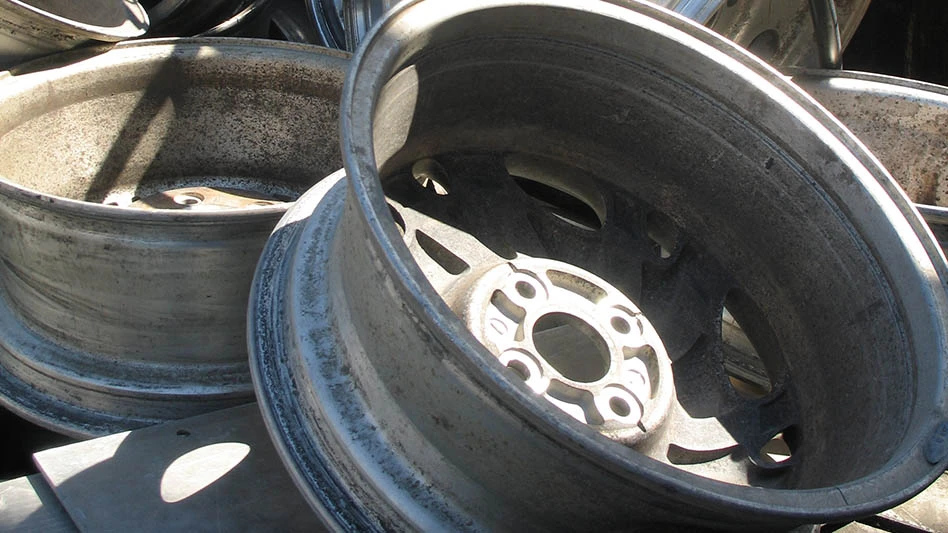The paper industry continued to recover from the effects of the catastrophic hurricanes that hit the southeastern U.S. in October, affecting the flow of paper in the third quarter and the outlook for the rest of the year.
In a quarterly report from Bloomberg Intelligence in mid-October, “Corrugated Packaging: 3Q/4Q Market and Demand Update,” Ryan Fox, corrugated market analyst, and Doug Larsen, paper packaging pricing analyst, examined the supply and demand dynamics of the containerboard market as the industry looks to work around the destroyed infrastructure.
Fox said Hurricane Helene and Hurricane Milton, storms that ravaged the southeastern U.S. in late September and mid-October, are inhibiting the supply of paper. The Southeast has 30-plus mills, Fox said, and up to 60 percent of them rely on the rail system to transport their rolls, while the rest typically use trucks.
”Any of the infrastructure around western North Carolina, eastern Tennessee, northern Georgia, we expect there to be delays … as people try to get material from those mills in the Southeast to where it needs to go.” – Ryan Fox, corrugated market analyst, Bloomberg Intelligence
“While we haven’t heard of any mills that have sustained any damage directly, the infrastructure surrounding them is what’s been impacted,” he said. “Any of the infrastructure around western North Carolina, eastern Tennessee, northern Georgia, we expect there to be delays ... [and] workarounds as people try to get material from those mills in the Southeast to where it needs to go.”
However, Fox said this could create opportunities in the export market.
“We’ve seen exports decline, at least in September—they were almost a third of what they were earlier in the year as people were gearing up for the fact that there was going to be a strike [at the ports] and it would impede the flow of exported paper,” he said. “So, there’s probably a little bit of paper floating around in inventory that could be rerouted.”

Corrugated medium is in short supply, Fox said, noting that he hears “pretty often” from industry participants that supply is tight.
“And, unfortunately, there were several medium mills in the Southeast that will be affected with the logistics and getting that product out, so we do think that’s going to put some pressure on producers as they manage their inventory,” he continued.
One of the grades imported most into the U.S. is white linerboard. Regarding the strike of the International Longshoremen’s Association at East and Gulf coast ports in the U.S., which ended Oct. 3, Fox said “they didn’t miss too many beats” as most every port impacted was back up and running shortly after.
From an overall supply standpoint, Fox expected some “hints of tightness” throughout October as the industry figures out how to get paper from mills to box plants.
On the containerboard demand side, Larsen said one of the success stories this year has been exports.

“Exports during this year have been up year over year, and that has helped increase the mill operating rate with box shipments [in the U.S.] still being flat,” he said, adding that the most common way he hears U.S. box demand described recently is “OK, but not great.”
He said the best-case scenario in terms of box shipments in 2024 is a 1 percent improvement year over year. Bloomberg still stands by that projection, however, box shipments in the third quarter would have to grow 1.4 percent year over year and 0.6 percent sequentially just to reach the third-quarter average since 1994.
“For perspective, a 1.4 percent bump would mark the biggest year-over-year quarterly gain since the second quarter of 2021,” Larsen said.
But for the fourth quarter, he said, industry contacts are indicating stronger demand sentiment and there could be as much as a 2.2 percent growth year over year, but several headwinds make that challenging.
“If you just look at history, the fourth quarter is rarely higher than the third quarter,” Larsen said.

Explore the November 2024 Issue
Check out more from this issue and find your next story to read.
Latest from Recycling Today
- Steer World offers PEX plastic recycling machine
- New recycling grant program launches in Massachusetts
- Tire Recycling Foundation names executive director
- Dock 7 named 2025 Exporter of the Year at New Jersey International Trade Awards
- Waste Connections reports ‘better than expected’ Q1 results
- Commentary: How EPR is transforming the packaging industry
- Acerinox names new North American Stainless CEO
- Greenwave closes 2024 books with red ink





